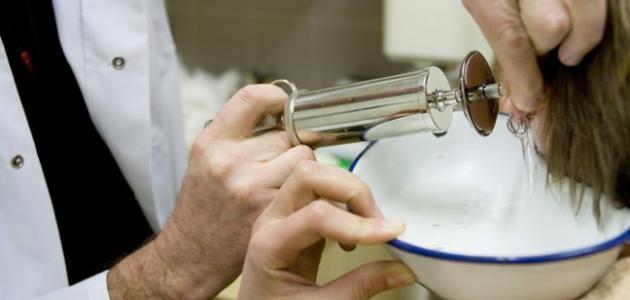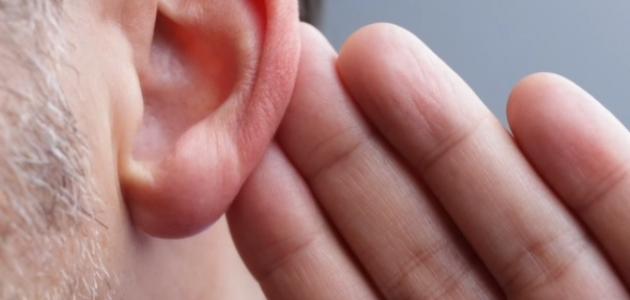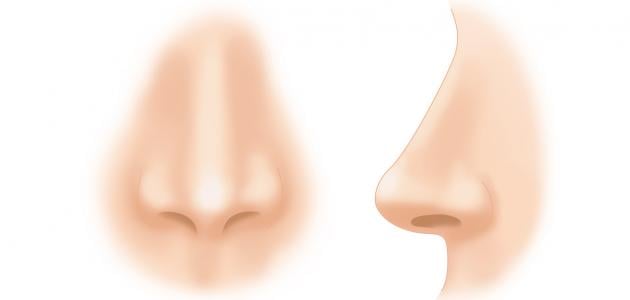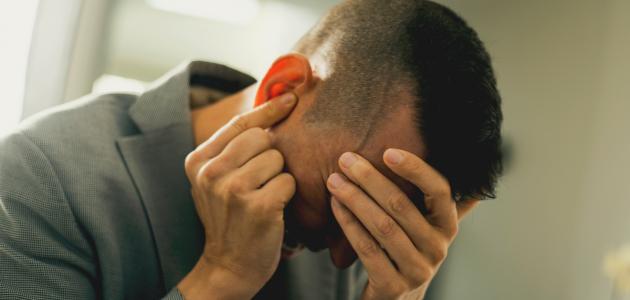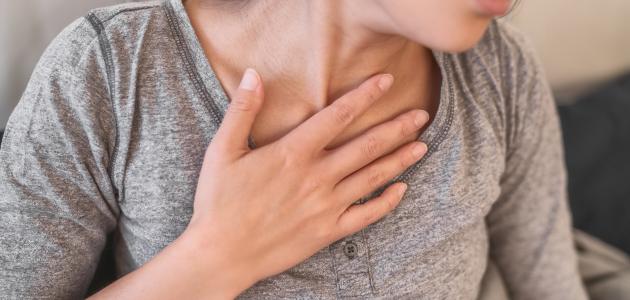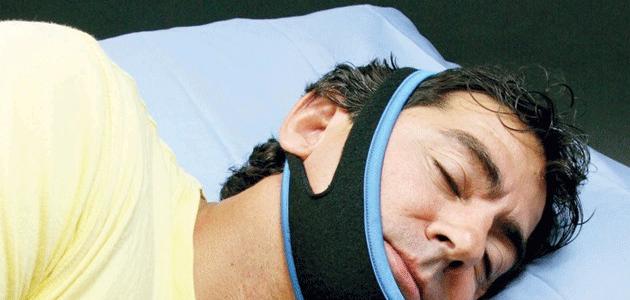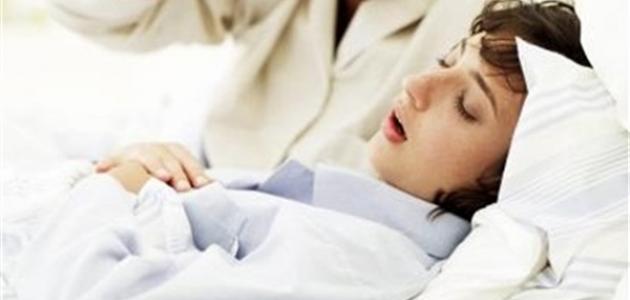The ear
The ear is the organ of hearing in humans. The ear consists of the outer ear, which is a large pinna that allows the collection of sound waves to be brought into the middle ear (which is the second part of the ear) through the tympanic membrane. The inner ear is a cavity in the temporal bone and contains the malleus, anvil, and stapes. The middle ear transmits vibrations from the tympanic membrane to the inner ear, which is the last part of the ear. It consists of a complex system of tunnels located within a bony shell. The ear also maintains the body’s balance and awareness of its position, in addition to the function of hearing.
Harmful effects of ear washing
The outer part of the ear contains sweat glands and hair, and there are mutated sweat glands that secrete a substance called mucilage. This resinous substance is a means of protecting the ear, as it protects it from the entry of insects, dust, dirt, and harmful substances, and prevents them from reaching the internal parts.
Some people view the waxy substance in the ear as a secretion that must be disposed of, so they try to clean it using water in small quantities, no more than a few drops under normal circumstances. This is not recommended because the ear cleans itself by expelling this waxy substance and any dirt attached to it. Outside the ear, and when there is a need to wash the ear, it is done under the supervision of a specialist doctor in clinics to provide the appropriate tools and materials. However, sometimes this process may be performed by practitioners and nurses who are not proficient in it, which causes harm to the person, as he may push the wax material into the inner ear and with Excessive use of water turns this substance into a paste that causes harm to the person, such as severe itching. This paste can also completely block the ear and cause pain for the patient, a feeling of the presence of water inside it, and a loss of body balance. Also, when water is inserted in an inappropriate manner or in excessive quantities into the ear, this The waxy substance sticks to the inner wall, which prevents the ear from getting rid of it and expelling it out, so it begins to accumulate on top of each other, causing blockage of the duct.
Read also:Where is the Eustachian tube located?In some cases of ear washing, water may flow forcefully into the ear or this water may be directed directly at the tympanic membrane, leading to its perforation or infection. It is also not permissible to wash the ear if there is a perforation in the eardrum or the presence of any type of fungal or bacterial infection in the ear. The ear wall, where in such cases suction of dirt is used without introducing water into it.
Read also:Where is the Eustachian tube located?